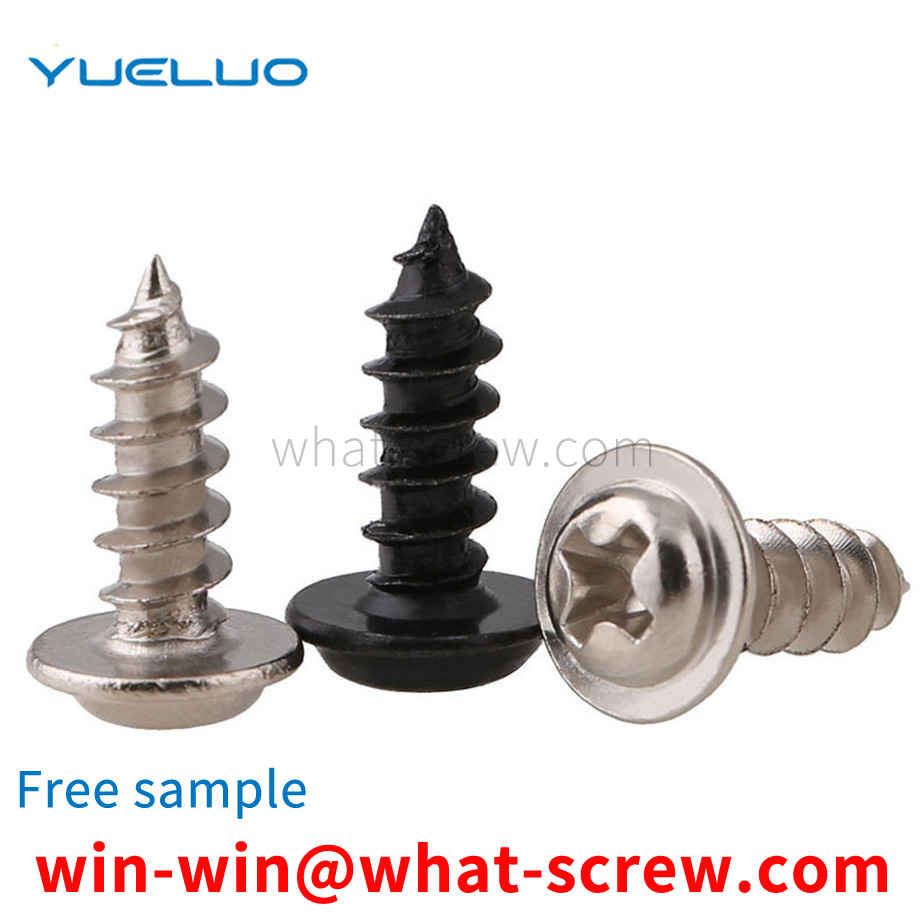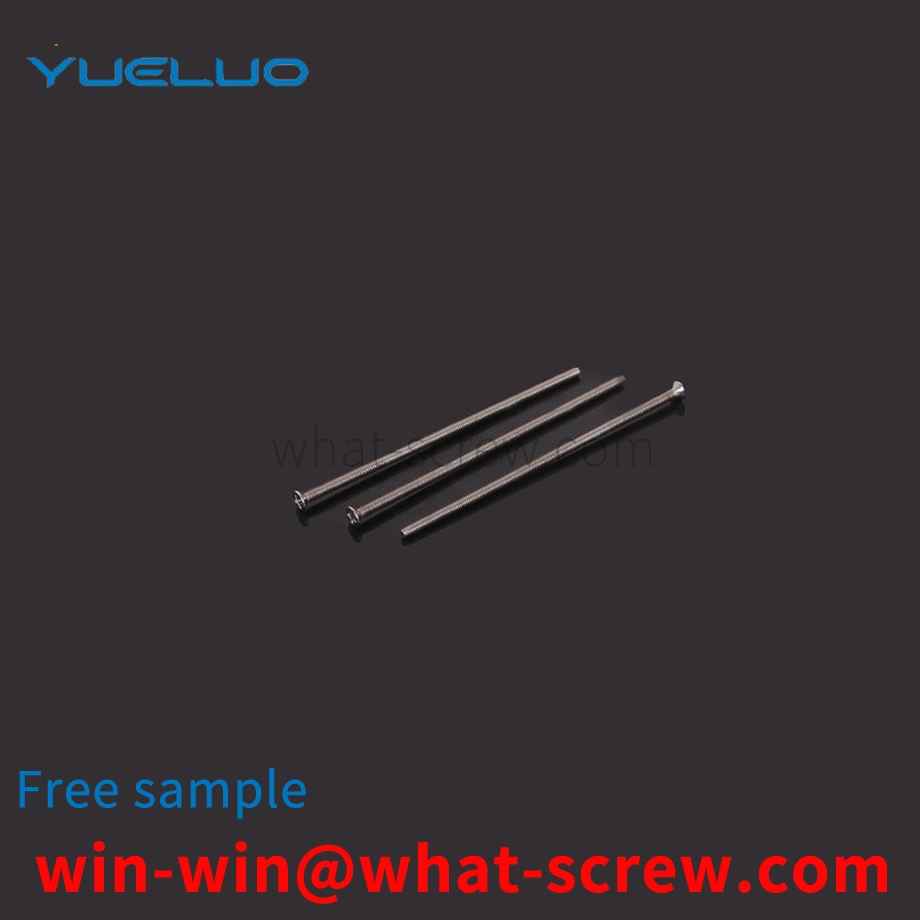During the tightening process of the screw, do not use excessive force, otherwise the product will be damaged. The traditional bolt locking adopts manual operation, which is inefficient and insufficient force. In the existing screw locking device, before locking the screw, the locking force of the screw is tested, but the test equipment is set separately, resulting in a complicated structure. In addition, in the existing screw locking device, when the screw is locked, the position of the screw hole is not corrected, so that the screw often causes damage to the product during the tightening process.
Fasteners include: bolts, studs, screws, nuts, washers, pins. Locking or seizure often occurs on fasteners of stainless steel, aluminum alloy and titanium alloy materials. These metal alloys themselves have anti-corrosion properties. When the surface is damaged, a thin oxide layer will be formed on the metal surface to prevent further rust. When the stainless steel fastener is locked, the pressure and heat generated between the teeth will destroy the oxide layer, causing blockage or shearing between the metal threads, and then the phenomenon of adhesion occurs. When this phenomenon persists, the stainless steel fasteners will be completely locked and can no longer be removed or continued to lock. Usually this series of blocking_shear_adhesion_locking takes place in just a few seconds, so the correct understanding of the use of this type of fasteners can prevent this phenomenon.
There are generally two, one is iron, that is, carbon steel. One is stainless steel, and of course there are copper and aluminum nuts, but these are rarely used. Copper is more or less useful, and nuts like aluminum are rarely used.
(1) The screw-in performance test is to screw the self-tapping locking screw sample into the test plate until one complete thread completely passes the test without breaking. (2) The destructive torque test is to clamp the stem of the self-tapping locking screw specimen in a thread mold or other device that matches the screw thread, and uses a calibrated torque-measuring device to measure the screw. Torque is applied until fracture, which should not occur in the clamped threaded portion. (3) Carry out a tensile test on the screw sample to check the minimum tensile load for failure. The fracture should be within the length of the rod or the unthreaded thread, and should not occur at the junction of the nail head and the rod. Before the sample breaks, it should be It can reach the minimum tensile load specified by the corresponding performance class. (4) Hydrogen embrittlement is a problem that must be strictly paid attention to in the surface treatment process of self-tapping locking screws. In the pickling process, the screw is stirred in dilute hydrochloric acid, and the amount of hydrogen absorbed by the pickling steel increases linearly with the square root of time and reaches the saturation value. Less than 100%, a large number of hydrogen atoms will be produced, which will be attached to the surface of the screw, resulting in hydrogen infiltration, and the steel will become brittle due to the absorption of hydrogen. The self-tapping locking screw takes 6~8h to drive hydrogen, and the temperature is 160~200℃ (phosphating) and 200~240℃ (electroplating). However, in the production process, the hydrogen drive time should be determined according to many production conditions such as core hardness, surface roughness, electroplating time, coating thickness, pickling time, and acid concentration. It is best to do it before passivation and just after electroplating.
At present, the washing machines used in the domestic market, especially the large-capacity washing machines, have high rotational inertia due to their large washing capacity. The wear between the input shaft and the clutch sleeve will cause the increase of the axial clearance. There will be strong shaking and loud noise, which will increase the wear and tear and affect the service life. In the prior art, the wave washer is used to prevent loosening and buffer shock, so that the gap between the input shaft and the clutch sleeve will not increase due to the wear of the two, which plays the role of automatic gap compensation, so as to ensure the clutch Smooth rotation, low noise and light wear ensure the reliable service life of the clutch.
We have many years of experience in the production and sales of screws, nuts, flat washers, etc. The main products are: handle screws, high-strength grade 10 hexagonal flange nuts, light spring washers, T-shaped T-shaped screws and other products, we can provide you with Provide the right fastener solution for you.



















 Service Hotline
Service Hotline




